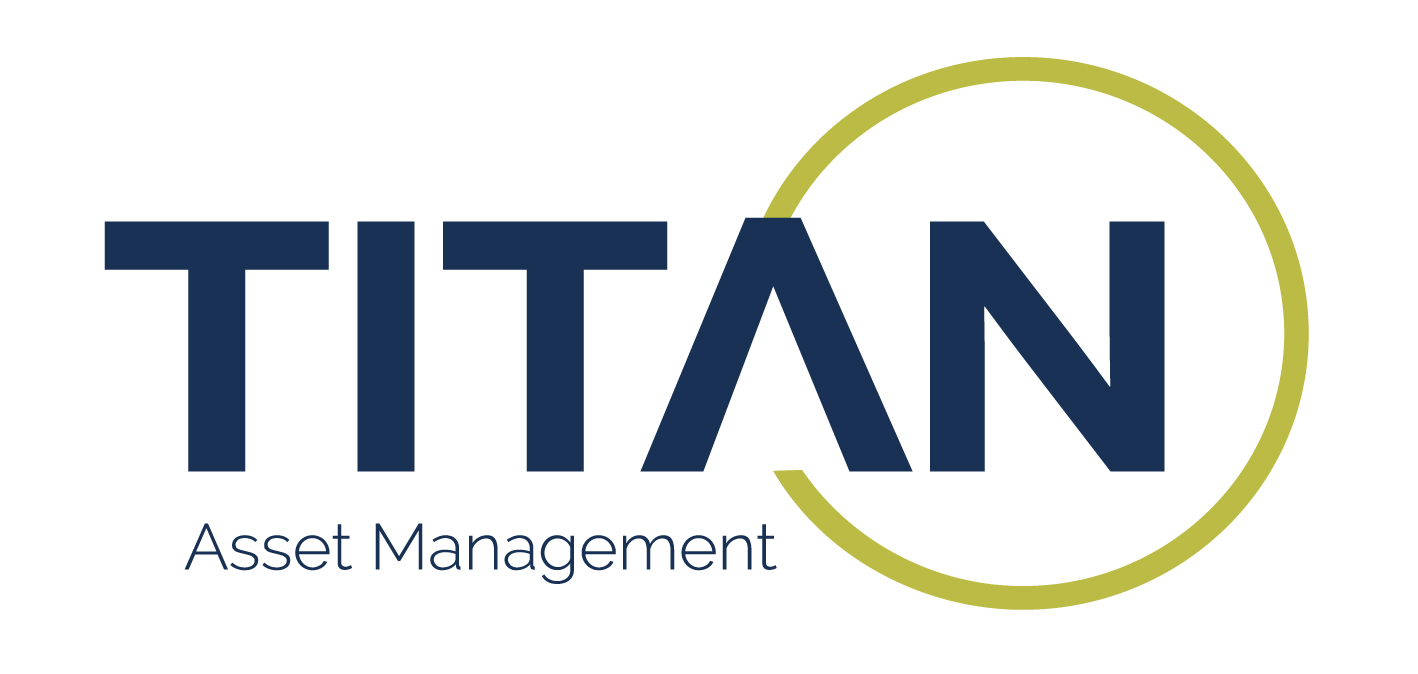The emerging market recovery of 2023 may have underwhelmed in what was a strong year for global markets, but there are signs the stars could be aligning for the diverse asset class over the medium term.
One reason for its underperformance was China. The MSCI Emerging Markets index returned 9.8% in 2023 versus 20% for the MSCI Emerging Market ex-China index, as the world’s second-largest economy continued to struggle.
However, investors are not willing to turnout the light on Chinese equities just yet. Mike Coop, CIO of Morningstar, believes investors are being “excessively pessimistic”about the country which could help drive broader emerging markets this year.
“It is still an important economy and there are still some world class companies there,” Coop said. “The government does not need the private sector to perform well for it to achieve its growth ambitions, so people should not write off its impact on broader emerging markets.”
Emerging markets also have historical indicators on their side. The Bank of America’s (BoA) proprietary global quant strategy ‘Global Wave’ turned positive in January and is often considered a precursor to a rally for global stocks.
In the year following previous troughs, emerging markets have outperformed US equities by an average of 3.1%, according to the bank.
Meanwhile, elections across some of the largest EM countries this year are likely to have a significant impact on markets. For example, Argentina’s stock market was up 20% following the election of pro-commerce Javier Milei.
The impact – along with question marks around the validity of emerging market benchmarks – is one of many reasons investors are getting increasingly granular in their exposure to emerging markets, with ETFs being one of the best ways to achieve this.
Hidden GEMs
The diversity of emerging markets has led to opportunities in different pockets of the asset class.Despite its relative underperformance, seven of the top eight markets – 88% of the universe – posted positive returns, with six of them realising strong double-digit returns, according to fund house Ninety One.
One market that performed exceptionally well last year was Latin America, with the iShares MSCI EM Latin America UCITSETF (LTAM) and the Amundi MSCI Emerging Markets Latin America UCITS ETF USD hedged (ALAG), returning 26.5% and25%, respectively.
Much of this was powered by Brazilian equities, which experienced their best year since 2019. Despite a tough start to 2024 – the MSCI Brazil index is down 4.8% year to date – Alberto Garcia Fuentes, head of asset allocation at ACCI Capital Investments, believes macros could drive the market higher this year.
“The current landscape reflects the lagging repercussions of a previously restrictive economic environment,” he said. “But if a soft landing materialises, Latin America and Brazil stand to benefit from a weaker dollar.”
Coop added: “The concerns about Brazilian politics and President Lula have not played out. You still have an attractive starting valuation, good quality assets and a beaten-up currency.”
Tax reform in the country has also proved to be a tailwind for the economy, boosting productivity and reducing tax litigation, with loosening monetary policy also set to be aboon for equities, according to Sekar Indran, senior portfolio manager for equities at Titan Asset Management.
“Some of the good news is priced in following last year’s rally but equity valuations remain attractive,” he said. “High positive real rates give scope for looser monetary policy in 2024 which should also be supportive for its equity markets.”
Similarly, Mexican equities also had an extremely hot 2023, with the HSBC MSCI Mexico Capped UCITS ETF (HMEX) returning 40.3% last year, however, Fuentes believes recent onshoring trends could help the market deliver multi-year returns.
“The near-shoring trend has driven Mexico’s markets and the government is investing in capital expenditure to be able to cope with burgeoning demand,” he said.
Another, rather large, pocket of emerging markets is India. The world’s most populated country has also been on a tear in 2023 but many fear it is overvalued.
“India does have some high-quality companies and has attracted a lot of attention of late and more positive expectations of how the economy might continue to grow,” Coop said. “The market is factoring in the good news and the question is whether the market has already baked in the price.”
However, Fuentes – who holds a slight overweight to India – believes robust private consumption and improving productivity means the market could be set to grow further.
“There is a theme for digitalisation which can improve productivity, so we are positive on Indian growth.”
China bulls
China has gone from almost a third of the MSCI Emerging Market index to just over a quarter in the past 18 months as its poor performance continues to weigh on the broader index.
The emergence of several EM ex-China ETFs recently is no coincidence, but even with its property market in the doldrums and lingering questions surrounding government stimulus, some investors believe there are positive signs.
“There is rightful scepticism about the path the government is taking in dealing with the low growth environment, but as is usually the case this gets efficiently and rapidly priced in. We have taken a bigger position in China, reflecting just how much pessimism we have seen,” Coop said.
Government scrutiny over its home-grown tech sector has been the cause of much misery for Chinese tech stocks in recent years and while Indran still sees value in holding this exposure given its poor run, the group have recently sold down its position.
“Our main emerging market was Chinese internet companies where we are benchmark neutral, but we have been monitoring it closely given its weakness,” Indran said. “The Chinese equity market has had three years of consecutive declines and has never had four negative years in a row, but we need to see more meaningful stimulus to catalyse a turnaround.”
While the short-term outlook for China remains bumpy, a recovery would surely spark broad emerging market ETFs into life.
This article first appeared in ETF Insider, ETF Stream's monthly ETF magazine for professional investors in Europe. To read the full edition, click here.





